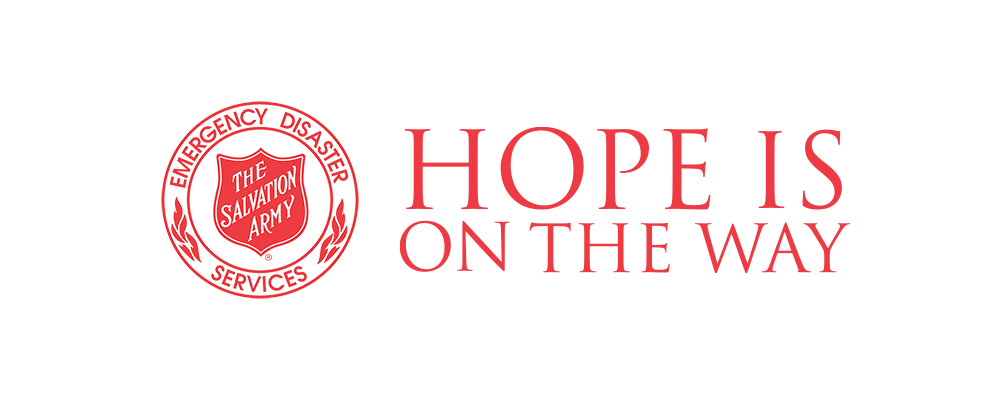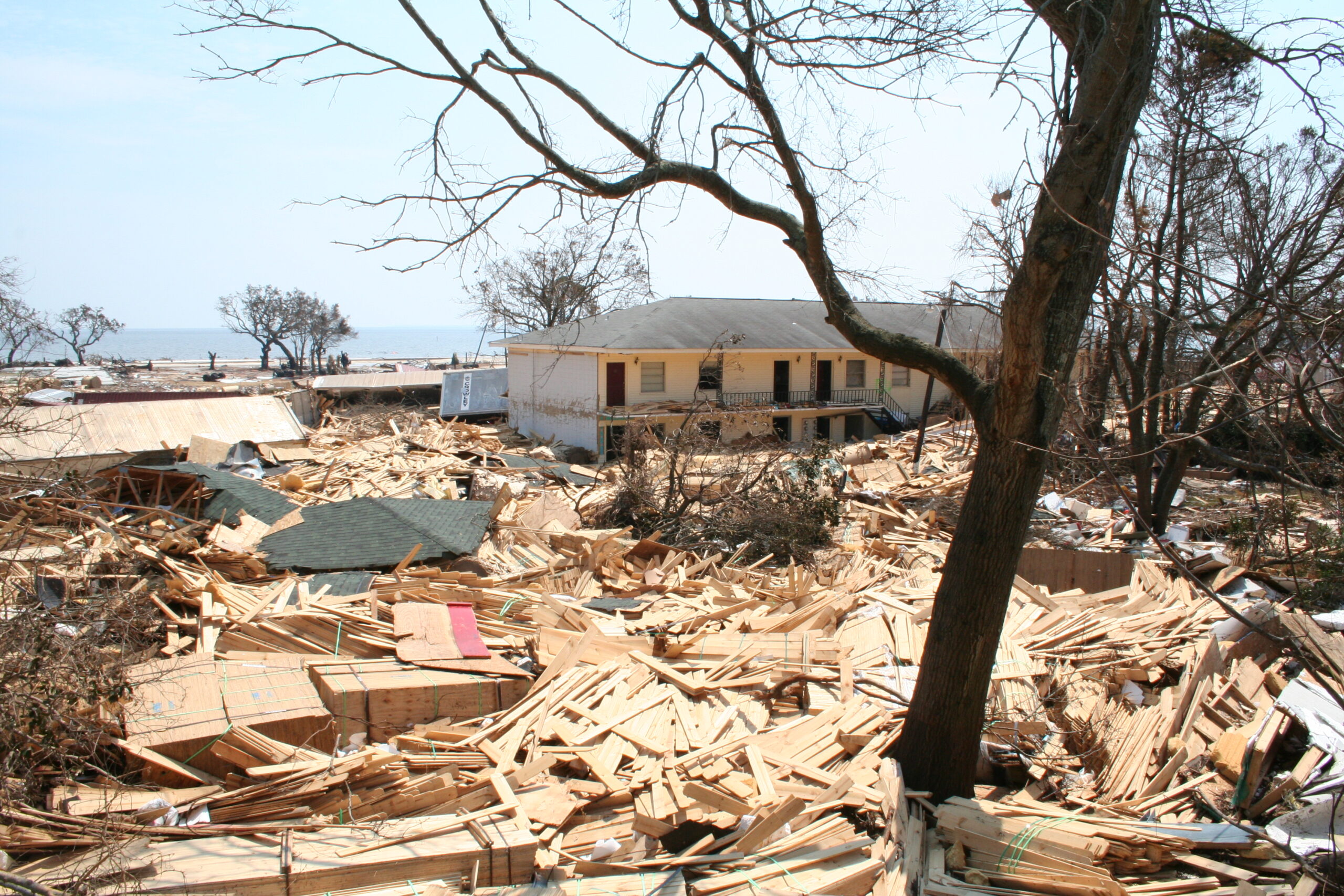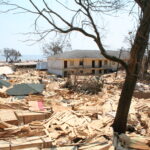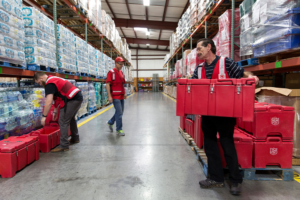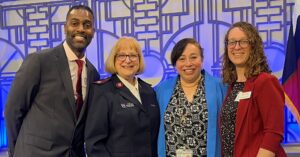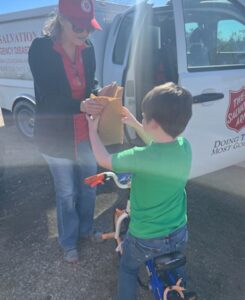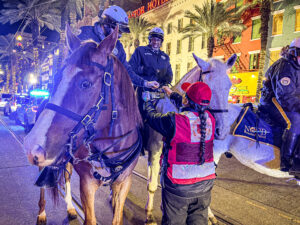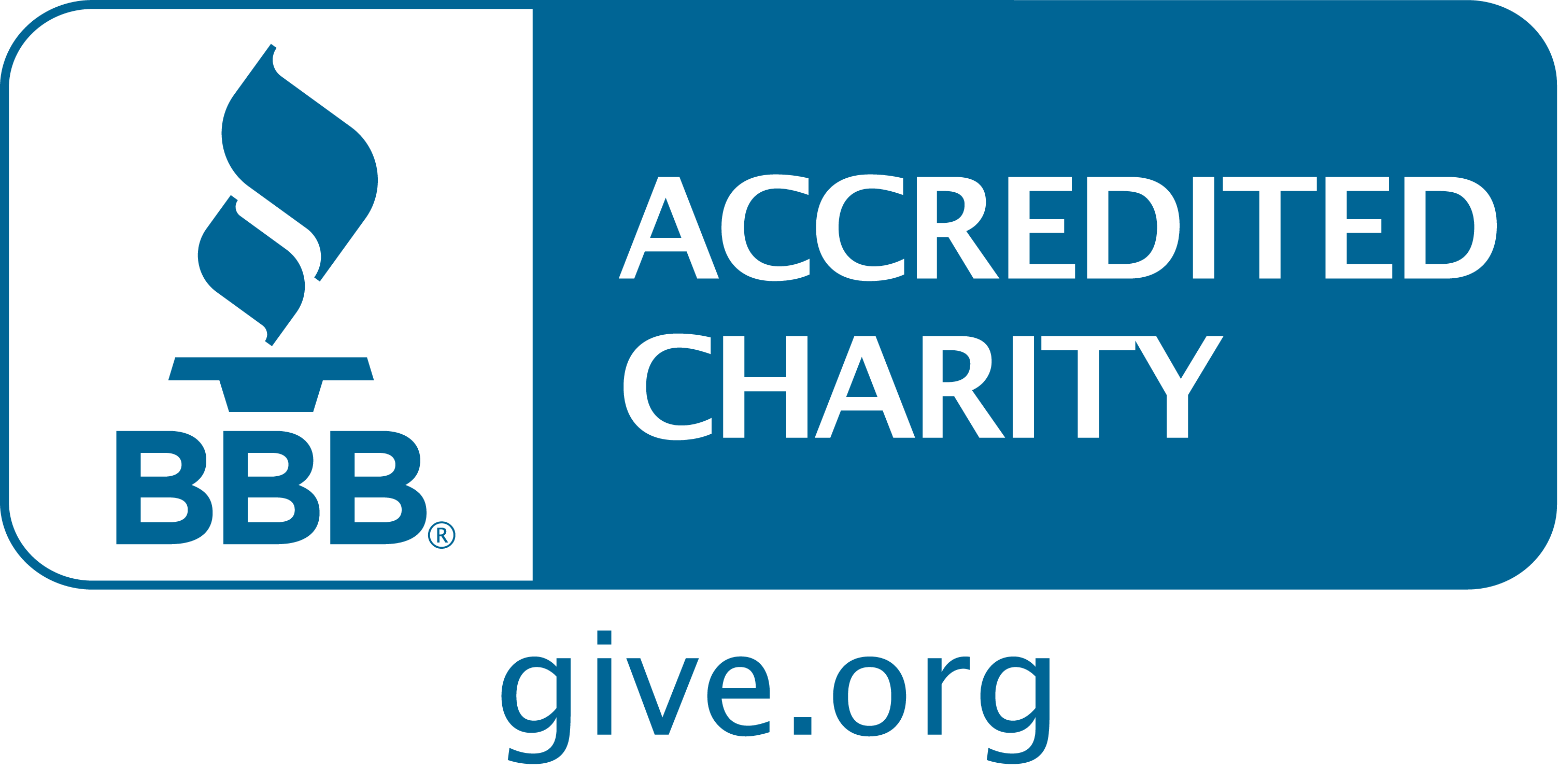August 2005
The tropical system that would eventually strengthen into Hurricane Katrina forms over the Bahamas on August 23. Salvation Army disaster units first respond in Florida as Tropical Storm Katrina makes landfall in Dade County then brushes the Florida Keys. As the storm gains intensity and closes in on the Mississippi and Louisiana coasts, Salvation Army Corps throughout the Southeast activate to assist evacuees. By Sunday evening, August 28, three advance groups of more than 70 Salvation Army disaster units, capable of serving more than 400,000 meals, are pre-positioned to move in behind the storm to deliver emergency aid. A unified command post is established at Salvation Army headquarters in Jackson, MS. On August 29, Hurricane Katrina makes landfall in southern Louisiana as a category 3 storm, causing the worst natural disaster in United States history. In New Orleans, as the levees breach and water surrounds The Salvation Army New Orleans’ Center of Hope, Majors Richard and Fay Brittle remain behind to care for some 300 people trapped in the flooding city with nowhere else to go.
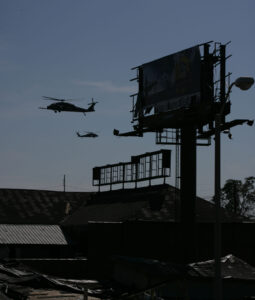 September 2005
September 2005
Salvation Army units set up field commands in Baton Rouge, LA; Long Beach, MS; and Mobile, AL as staging points to begin the delivery of emergency aid into the disaster area. On September 2nd, Majors Brittle, and approximately 300 refugees are rescued by helicopter from the roof of the Center of Hope in New Orleans. Across the country, in cities like Houston, Atlanta, and San Diego, The Salvation Army offers services to evacuees. More than 100 Salvation Army mobile feeding units are deployed to the Gulf Coast from as far away as New York and South Dakota. On September 24, the second major hurricane of the season, Rita, makes landfall near the Louisiana and Texas state border. The Salvation Army responds by opening a second Unified Command in Houston, with field commands in Beaumont, TX; Luftkin, TX; and Lake Charles, LA. By month’s end, The Salvation Army has distributed more than two million meals, sheltered 80,000 people, and provided emotional and spiritual care to more than 150,000 survivors.
October 2005
The Salvation Army establishes service hubs in Mississippi – in Pascagoula, Biloxi, and Gulfport; and in Louisiana – in New Orleans, La Place, and Lake Charles. First lady Laura Bush visits Yankie Stadium, home of The Salvation Army’s Biloxi, MS, Disaster Recovery Center. Salvation Army feeding units and pastoral care teams are present at the opening of New Orleans’ Ninth Ward, providing food, compassion, prayer and a listening ear. By the end of the month, more than four million meals have been served. The Salvation Army Team Emergency Radio Network (SATERN) receives and processes more than 60,000 requests for assistance from people looking for help in finding lost friends or loved ones. On October 24, the third major hurricane of the season, Wilma, impacts Florida; The Salvation Army mobilizes Corps across the state in response.
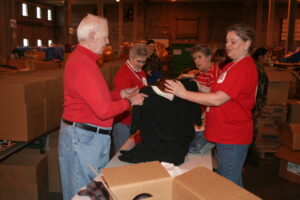 November 2005
November 2005
The Salvation Army continues service delivery both within the disaster area and across the country for Katrina evacuees. The Salvation Army erects a 100,000 square foot temporary building in Pass Christian, MS, as a disaster assistance center. There is a continuing partnership with other disaster relief organizations including Southern Baptist Disaster Relief, Project Teamwork, Hope Force International, and Operation Blessing International. By month’s end The Salvation Army provided spiritual care to more than 235,000 individuals.
December 2005
The Salvation Army provides Christmas assistance to disaster victims in LA and MS, distributing more than $7 million dollars in Christmas aid. A volunteer village, build in cooperation between The Salvation Army and Project Teamwork, opens in Biloxi, MS. The Salvation Army proposes a partnership with the United Methodist Committee On Relief (UMCOR) and other organizations as part of the Katrina Aid Today (KAT) program to provide long-term case management services to hurricane survivors. By the end of the month, mass feeding numbers climb above 4.5 million meals distribute.
January 2006
The Salvation Army continues to expand its service footprint in the disaster area, opening a new, permanent disaster assistance center in Slidell, LA. The Salvation Army, in cooperation with other volunteer organizations, begins its first home reconstruction projects in MS. The Salvation Army launches the Katrina Aid Today (KAT) program in partnership with other disaster relief organizations

